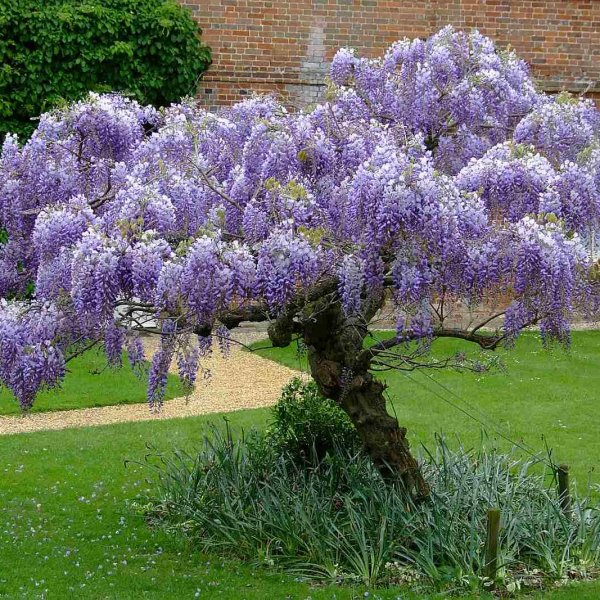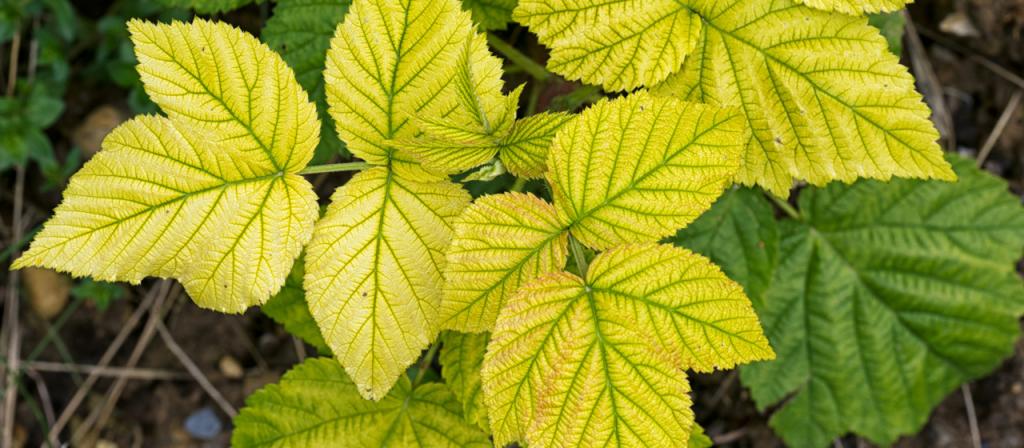
by Chris Brown, of Browns Nurseries
Q. My wisteria growing on the wall hasn’t been pruned for a few years. Could you please explain how I might go about pruning it?
Wisterias are deciduous, woody-stemmed, twining climbers, usually vigorous, with pinnate leaves, grown for their beautiful pea-flowers. Flowers may be white, blue, or deep purple, pink or violet, and are borne on lateral spurs on ripened wood.
These very ornamental plants are ideal for high walls and fences, and also for pergolas. Most are fully hardy, but flower best in a warm, sunny, sheltered site. Wisterias may take several years or more to begin to flower, and plants on nitrogen-rich soils may produce excessive vegetation at the expense of flowers.
To maintain trained forms and enhance flowering, wisterias must be rigorously spur-pruned in two stages: in summer and winter. Even wisterias that are allowed to ramble informally flower much better when spur-pruned. Prune in mid-winter, and again in summer, about two months after flowering. To aim of pruning is to control extension growth and to encourage the production of lateral flowering spurs.
The current season’s shoots are cut back in two stages, to within two or three buds of their base. These will bear the coming season’s flowers. Growth and flower buds are easily distinguished in late winter; the former being narrow and pointed, while the latter are plump and blunt. Wire and vine-eyes are the best way to support wisterias to fences and walls, and also be sure to feed with a high potassium plant food to encourage good flowering next season.
Best of luck!

Q. I have a skimmia in my garden that has struggled for the last two years. The leaves have turned yellow and new growth is slow. Could you offer me some advice, please?
Many plants can be effected by an iron deficiency, but in gardens the symptoms are most likely to be seen on the likes of azaleas, rhododendrons, camellias, roses and skimmias. The symptoms include a bleached look to the leaves, or a yellowing of the youngest leaves. The veins, however, are typically not effected, and will stand out as conspicuously dark green. Plants may become generally unthrifty and in severe conditions fail to flower or fruit, and may also die.
Iron is associated with several functions in plants, but most importantly with the formation of chlorophyll – plants therefore become pale when it is absent. It is relatively immobile in plants and the bleaching symptoms can sometimes arise because of an increase in this immobility, although the presence of abundant calcium in the soil induces iron deficiency symptoms. A number of other elements, notably phosphorus, can also bring it about.
Treatment
To eliminate the causes, liming must be severely restricted. Superphosphate fertilisers should be used sparingly on iron deficient plants. The most satisfactory treatment is to apply iron in a form in which it is available to plants, such as compounds; on sale to gardeners as chelates or sequestrens.
In these compounds the iron is bound to organic molecules which largely prevent its reaction with other soil chemicals, and this its unavailability. Sequestrens should be sprayed in accordance with the manufacturer’s directions.
Hope that helps.











Add a comment